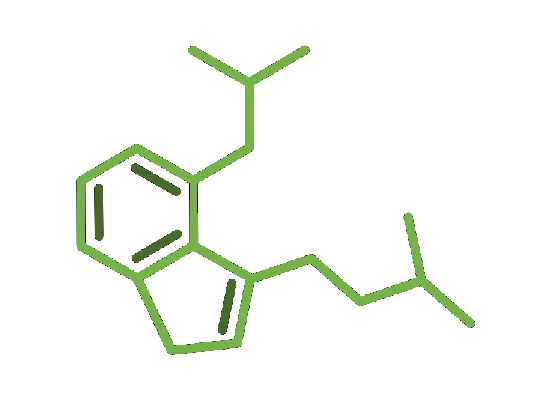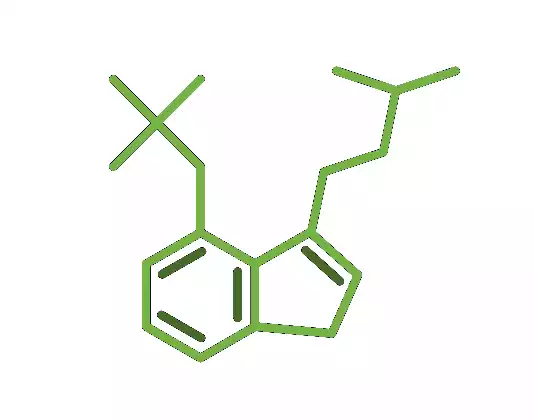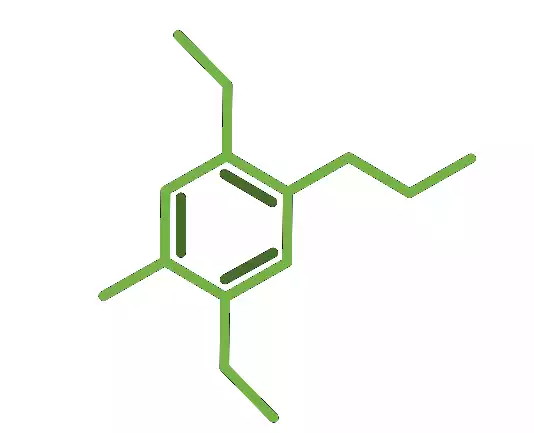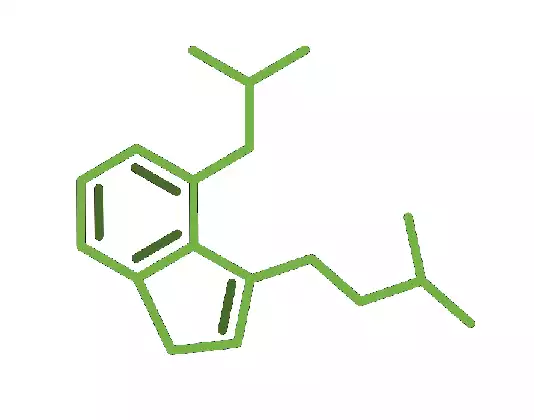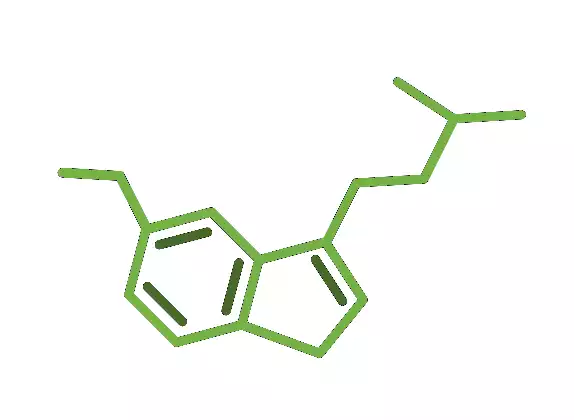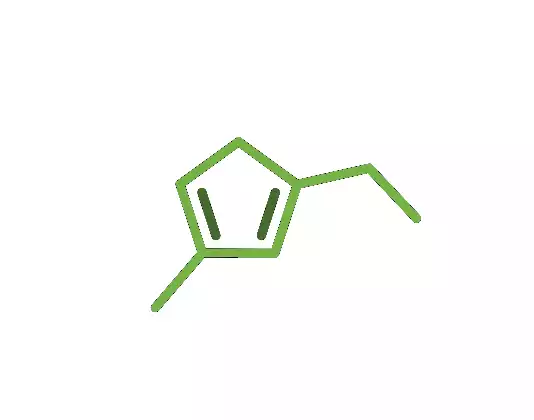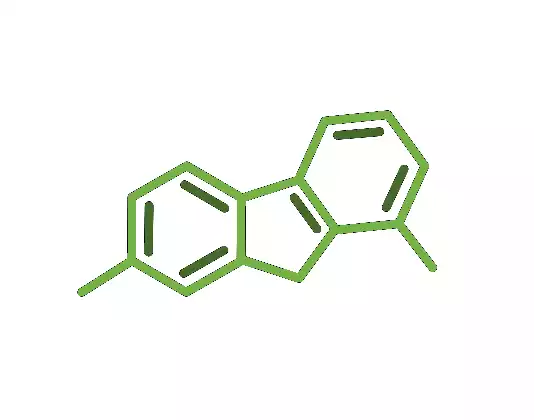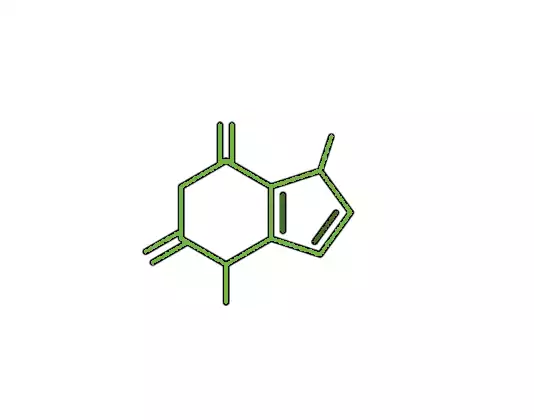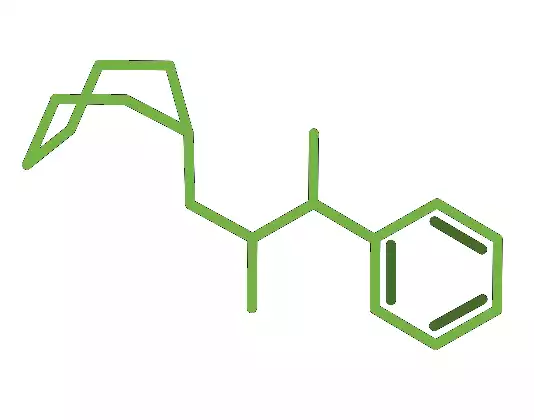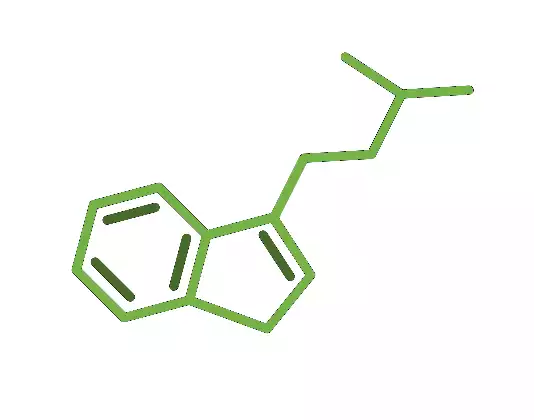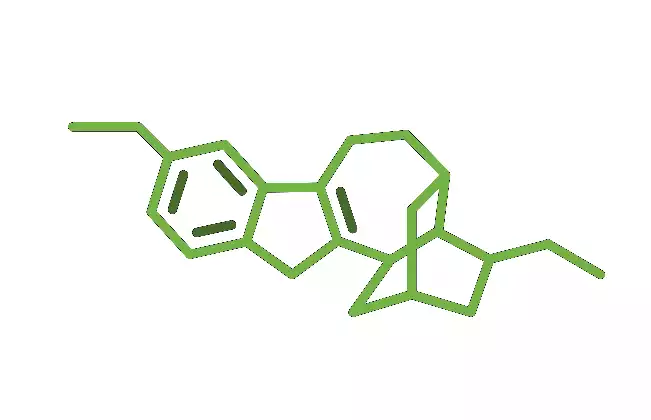Hofmann later patented 4-AcO-DMT, which was subsequently forgotten, until it reappeared as a party drug in the 1990s. In 1999, professor and psychedelic scientist David E. Nichols attempted to respark interest in 4-AcO-DMT by presenting it as a safe and cost-effective alternative to psilocybin, as it is much easier and cheaper to synthesize. 20 years later and no one has yet performed a single significant study on the safety and potential benefits of 4-AcO-DMT, despite its growing popularity among users of psychedelics.
4-AcO-DMT comes in the form of a powder that can be swallowed or snorted. As with all psychedelics, micro-doses are key in determining the effects and experience which, according to reports, is very similar to that of mushrooms or DMT.
